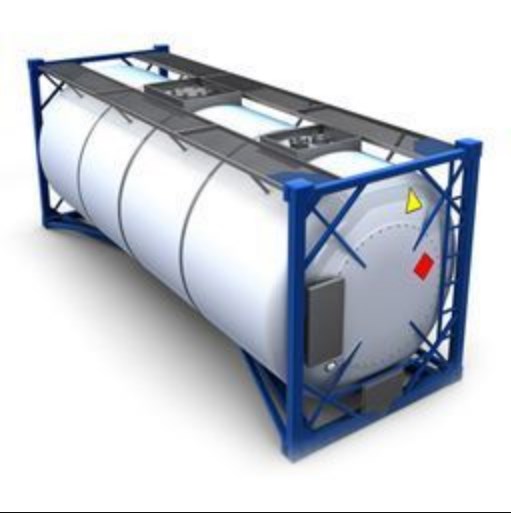
How Does Bulk Liquid Transportation Work?
Read Count : 338
Category : Blogs
Sub Category : Miscellaneous
If you’re just getting into the shipping business, then you’ll want to consider several different options. One of those is bulk liquid transportation, as this gives you a lot of scope to work with. Why would you consider it as an option, and how does the process work? Here’s what you need to know. What Liquids Can Be Transported In Bulk? Firstly, let’s consider what liquids can be transported in bulk, and what’s in demand around the country and further afield. You’ll see that really, there’s a huge range of liquids that can be shipped out in container liquid storage to other companies anywhere on the globe. Edible liquids are a common choice, as they will always be in demand. Think beers and wines, cooking oils, and much more. Water can be shipped too in a bulk liquid transportation tank, but that will often be for areas hit by natural disaster. You’ll also see that non hazardous chemicals and liquids are shipped in bulk too. This can be anything from shampoos to printer inks and anything in between. Also, you can look into shipping fuels. These again will always be in demand, but you will have to consider the risks involved and how you want to handle them. What Kind Of Tanks Are Used? Once you’ve worked out what kind of bulk liquid you want to work with, you’ll need to know what kind of bulk liquid transportation tank you want to use. There are plenty of options, and so you can pick one that suits your scale, liquid type, and method of transportation. Drums or barrels: These are a common choice for smaller shipments of bulk liquids, as they can carry around 42 gallons each. They are useful in many cases, but they do require you to have them cleaned and stored after use. Intermediate bulk containers: These are another popular choice, and are designed to be the in between option between ISO tanks and barrels. As such, they hold around 330 gallons each. They can be stacked up easily too, for better shipping. They do have the same cleaning and storage needs, though. ISO tanks: These are likely the container liquid storage you think of when you think of bulk liquid transportation. These are larger tanks that are often hauled attached to trucks to get them to their destination. These can hold 5,547 gallons of liquid in a standard tank. Flexitanks: These are the newest bulk liquid transportation tank on the market, and one that many shipping companies are now using. These are large bag style tanks that are placed in shipping containers and then filled up. They can hold up to 6,340 gallons each, and have a lot of benefits as they are a one use only item. That saves you a lot of cash on cleaning and storing them. Finding A Market Once you know the liquid that you’ll be shipping in bulk, and what tanks you’ll use for it, you need to consider where you’ll be shipping them. This is when you’ll do your market research, to see if you can find a market for that liquid. Typically, there will be a location somewhere in the world where you can sell your bulk liquids. When researching, you do need to consider if you want to ship domestically or internationally. Shipping domestically does constrict the markets you’ll find, but it takes a lot of issues out of shipping internationally. If you want to ship internationally, then you can use a broker to help you find the right market for you. As they already have large networks, they should be able to point you in the right direction. Often you’ll need to travel to that location to work out a deal with the customer, so you’ll need to keep this in mind when deciding where to sell to. Loading Up Your Liquids If you have a market and a buyer, then you can get your bulk liquid transportation in motion. That starts by training your staff in loading your chosen container liquid storage tanks with the cargo. How you do this will depend on the tanks in question. For example, barrels need to be filled individually, placed on pallets and wrapped with plastic. A Flexitank, on the other hand, needs to be placed in the container and filled up from there. Ease of filling and loading will be part of how you choose your tanks for any shipment. Shipping Bulk Liquids Out Finally, you’ll be ready to get those bulk liquids shipped. Again, this is where a broker can come in very useful. You’ll want to find the best way to get that bulk liquid transportation from A to B, and they can use their networks to find it for you. This also gives you the advantage of finding the cheapest and fastest routes, so you can get your bulk liquid to its end location in the most efficient way possible. Don’t forget that some shipments will need the appropriate paperwork, especially if they’re crossing borders. Your broker should handle this for you too, so be sure to ask them. Now you know all the basics of how bulk liquid transportation works, and how you can start getting involved in the shipping industry. There’s a lot of scope for expansion in this industry, so if you get started now you can easily start growing your business.
Comments
- No Comments

